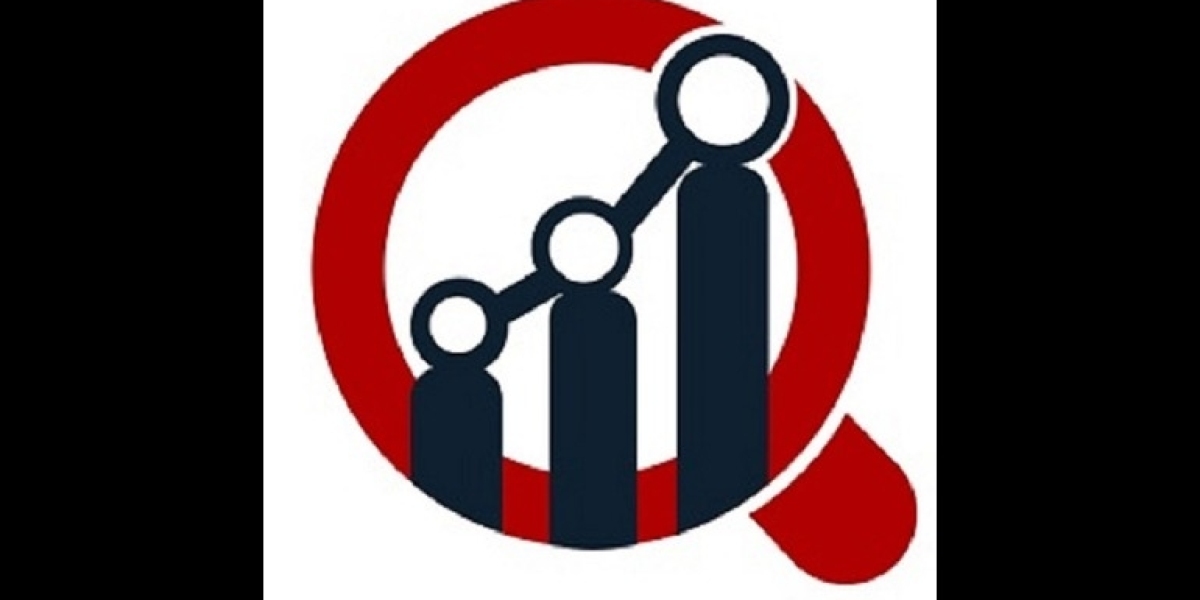Student Loans: A Pathway to Education or a Financial Burden?
In today’s world, pursuing higher education is often seen as a critical step toward securing a successful career. However, for many students, the financial cost of obtaining a degree can be overwhelming. As tuition fees continue to rise, student loans have become a primary avenue for students to finance their education. While student loans can make education accessible, they also come with long-term financial implications. In this article, we will explore the basics of student loans, their types, the advantages and disadvantages, and strategies to manage them effectively.
What Are Student Loans?
A student loan is a form of financial aid that allows students to borrow money to pay for their tuition, books, housing, and other education-related expenses. Unlike grants and scholarships, loans must be repaid over time, often with interest. Student loans are available through federal or private lenders, and their terms and conditions vary depending on the type of loan and the borrowing institution.
Types of Student Loans
There are primarily two types of student loans: federal loans and private loans.
- Federal Student Loans: These are loans provided by the government. They usually offer lower interest rates and more favorable repayment options than private loans. There are several types of federal loans, including:
- Direct Subsidized Loans: For undergraduate students with demonstrated financial need. The government pays the interest while you’re in school.
- Direct Unsubsidized Loans: Available to all students, regardless of financial need. Interest accrues while you're in school.
- Direct PLUS Loans: For graduate students or parents of dependent undergraduate students. These loans require a credit check and may have higher interest rates.
- Private Student Loans: These loans are offered by private financial institutions, such as banks or credit unions. The terms and interest rates can vary significantly depending on the lender, your credit history, and the loan’s terms. Private loans tend to have fewer protections than federal loans and may have higher interest rates.
Pros of Student Loans
- Access to Higher Education: One of the biggest advantages of student loans is that they provide access to higher education for those who may not have the means to pay upfront. Without loans, many students would be unable to attend college or university.
- Flexible Repayment Options: Federal student loans often come with flexible repayment options, including income-driven repayment plans, deferment, or forbearance, which can help ease the financial burden in tough times.
- Lower Interest Rates: Federal student loans generally have lower interest rates compared to private loans, which makes them a more affordable option for most students.
- Loan Forgiveness Programs: Federal student loans are eligible for several forgiveness programs, such as Public Service Loan Forgiveness (PSLF), which can discharge your loan after a certain period of qualifying payments, usually for people working in public service jobs.
Cons of Student Loans
- Debt Burden: The most significant disadvantage of student loans is the long-term debt. Many students graduate with thousands of dollars in loans, and depending on the loan amount, it can take decades to pay off.
- Interest Accumulation: While federal subsidized loans do not accrue interest while you are in school, unsubsidized loans and private loans do. This means that the longer you take to pay off the loan, the more interest you will pay, significantly increasing the total amount owed.
- Repayment Challenges: After graduation, paying back student loans can be a financial strain, especially if you face difficulty finding a job in your field or if your income is lower than expected. Missing payments can also hurt your credit score and make it more difficult to borrow money in the future.
- Impact on Financial Future: The burden of student loan debt can delay major life milestones such as buying a house, saving for retirement, or starting a family. It can also limit your ability to pursue other financial goals, such as investing in your future.
Managing Student Loans Effectively
- Know Your Loan Terms: Before taking out loans, understand the interest rates, repayment terms, and eligibility for loan forgiveness. Make sure you know how much you’re borrowing and what your payments will look like after graduation.
- Borrow Only What You Need: While it may be tempting to borrow the maximum amount allowed, only borrow what you need to cover your tuition and other essential expenses. The less you borrow, the less debt you’ll have to repay after graduation.
- Make Payments While in School: Even though federal loans often allow you to defer payments while you’re in school, making small payments on the interest during your time in school can prevent the interest from accumulating and reduce your debt burden.
- Explore Repayment Options: After graduation, research various repayment plans. Income-driven repayment plans can adjust your monthly payments based on your income, which may help you manage your loans more effectively. Additionally, some employers offer student loan repayment assistance as a benefit.
- Consider Refinancing: If you have good credit and a stable income, refinancing your student loans may allow you to secure a lower interest rate, saving you money over the life of the loan. However, be mindful that refinancing federal loans will cause you to lose access to certain federal protections, such as income-driven repayment plans or loan forgiveness programs.
- Look Into Loan Forgiveness Programs: If you're working in a public service job or a qualifying nonprofit, investigate loan forgiveness programs that could eliminate part of your debt after a set period of time.
Conclusion
Student loans play a critical role in making higher education accessible to millions of students worldwide. However, they come with both advantages and disadvantages. While they enable students to pursue their academic goals, they can also result in long-term financial struggles. To ensure that student loans are a tool for success rather than a financial burden, it is essential to borrow responsibly, manage the loans effectively, and explore repayment options. By staying informed and proactive, students can navigate the complexities of student loans and set themselves up for financial stability in the future.
Related Report -
| Currency Management Market |
| Digital Transformation In BFSI Market |
| ATM Managed Service Market |
| Banking Encryption Software Market |
| BFSI Crisis Management Market |






